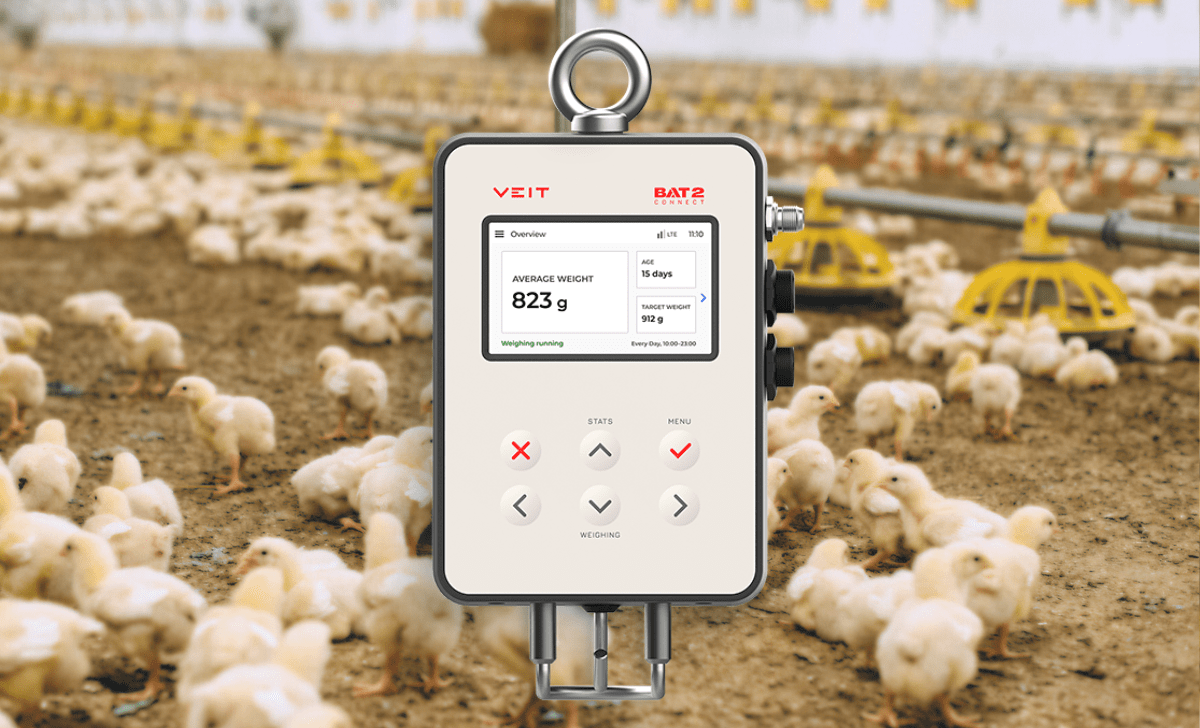Time to compare poultry housing systems! No matter what type of layers you’re raising, understanding the different types of poultry housing systems is essential for maximizing productivity and meeting market demands.
Conventional Cage Systems: Maximum Efficiency
Conventional cage housing remains widespread in commercial operations. These systems maximize space utilization and simplify management through automated feeding and egg collection (Ahammed et al., 2014). Production efficiency tends to be high, with better feed conversion rates compared to alternative systems.
However, cage systems face increasing scrutiny regarding animal welfare. Birds have limited movement and cannot express natural behaviors like nesting or perching (Lay et al., 2015).
Barn or Litter Housing: Floor-Based Freedom
Barn-raised poultry systems provide birds with floor space covered in bedding material like wood shavings. Those comparing chicken farming methods will see that litter systems allow more natural behaviors including scratching and dustbathing.
These systems typically house large numbers of birds in single-level buildings. While birds have more freedom than caged systems, they still lack the poultry benefits of outdoor access. Ammonia levels and litter quality require careful monitoring to maintain bird health (Ahammed et al., 2014).
Aviary Systems: Multi-Level Living
Aviaries represent a middle ground in the free-range vs cage-free vs conventional debate. These multi-tiered structures allow birds free movement within indoor environments. Living spaces can stack up to four levels, maximizing floor space efficiency while providing perches and nest boxes.
Research shows aviaries improve welfare by allowing natural locomotion, though they may show slightly lower production than conventional cages during certain periods (Ahammed et al., 2014). Egg production housing types differ in complexity, with aviaries requiring more management skill.
Free-Range Systems: Outdoor Opportunities
Outdoor access poultry systems grant birds time outside during daylight hours. This addresses consumer preferences for welfare-friendly production. Free-range hens often show better bone strength and lower feather damage compared to caged birds (Lay et al., 2015).
However, the pros and cons of poultry farming methods show that free-range presents challenges. Mortality rates average around 10% but can vary dramatically. Birds face increased exposure to parasites, predators, and disease vectors (Huneau-Salaün et al., 2022). Many hens also stay close to buildings rather than utilizing the full range area.
Tracking Performance Across All Systems
Regardless of which poultry production systems you choose, accurate weight monitoring remains critical for flock success.
The BAT1 manual poultry scale provides the fundamental accuracy all farms need. Its portable design works seamlessly whether you’re weighing birds in cages, barns, aviaries, or free-range operations. The built-in computer calculates essential statistics including uniformity and average weights.
Larger operations benefit from the BAT2 Connect automatic scale. This system continuously records weights as birds step on the platform, eliminating manual labor. Real-time data transfers via WiFi, 4G, or ethernet work regardless of your housing configuration.
The BAT Cloud service provides remote access to all collected weight data from any device. Whether managing conventional cages or sprawling free-range areas, you can monitor flock development instantly from anywhere.
Every housing system presents unique management challenges. What remains constant is the need for reliable data to guide your decisions and optimize bird performance.
References
Ahammed, M., Chae, B. J., Lohakare, J., Keohavong, B., Lee, M. H., Lee, S. J., Kim, D. M., Lee, J. Y., & Ohh, S. J. (2014). Comparison of aviary, barn and conventional cage raising of chickens on laying performance and egg quality. Asian-Australasian Journal of Animal Sciences, 27(8), 1196-1203. https://www.ncbi.nlm.nih.gov/pmc/articles/PMC4109877/
Huneau-Salaün, A., Guinebretière, M., Taktak, A., Huonnic, D., Michel, V., & Balaine, L. (2022). Welfare issues and potential solutions for laying hens in free range and organic production systems: A review based on literature and interviews. Frontiers in Veterinary Science, 9, 952922. https://www.frontiersin.org/articles/10.3389/fvets.2022.952922
Lay, D. C., Fulton, R. M., Hester, P. Y., Karcher, D. M., Kjaer, J. B., Mench, J. A., Mullens, B. A., Newberry, R. C., Nicol, C. J., O’Sullivan, N. P., & Porter, R. E. (2015). Hen welfare in different housing systems. Poultry Science, 94(7), 579-585. https://www.ncbi.nlm.nih.gov/books/NBK305174/
